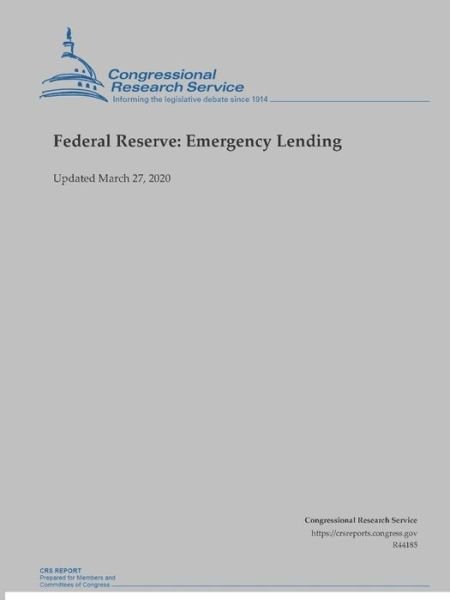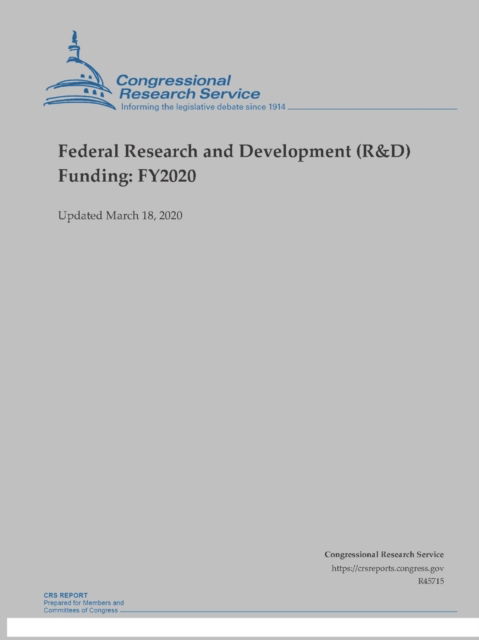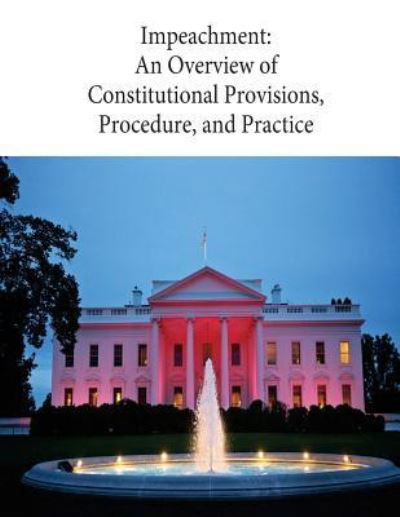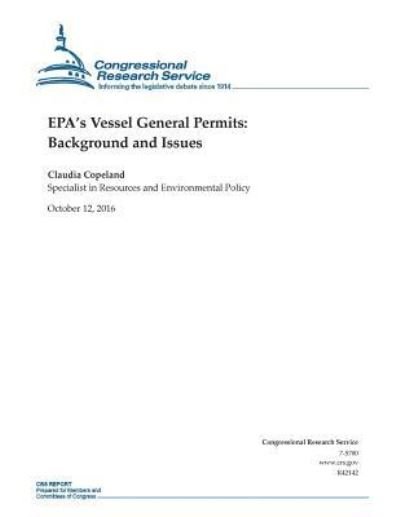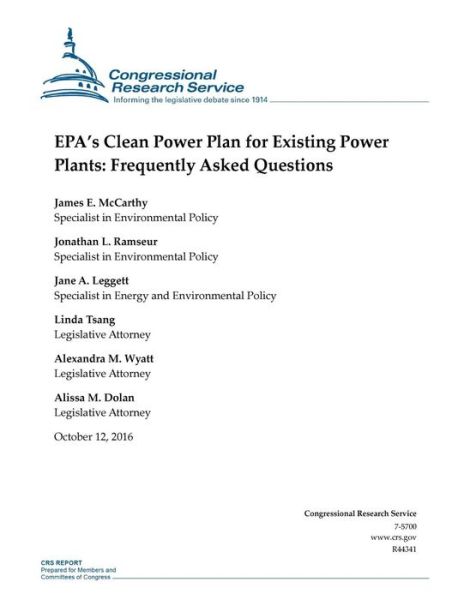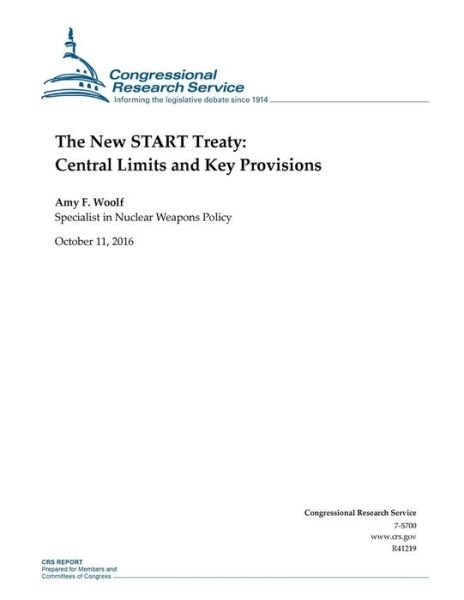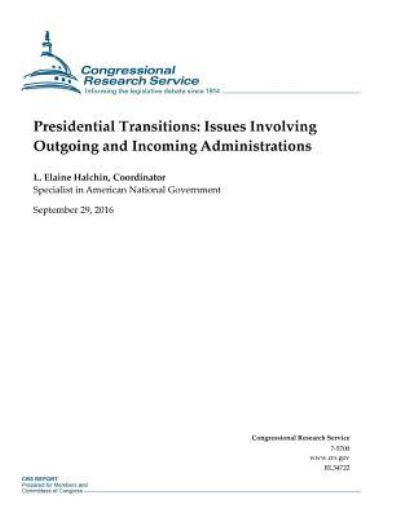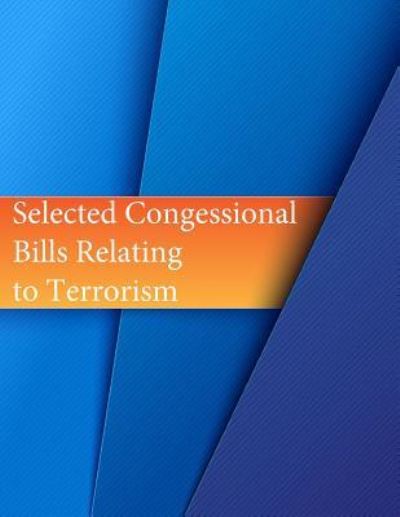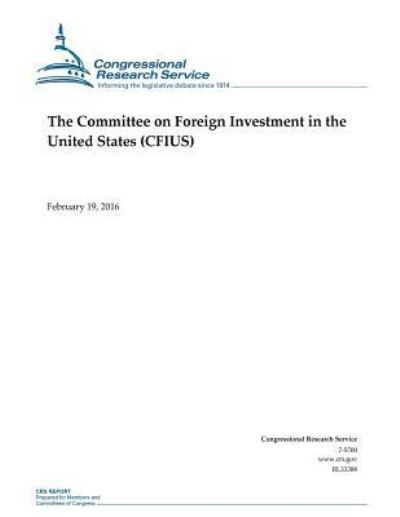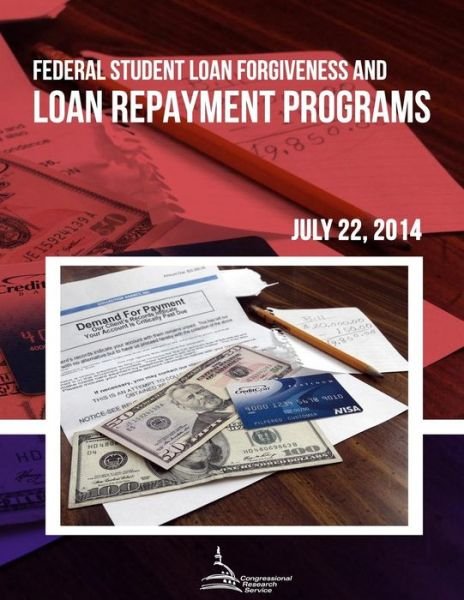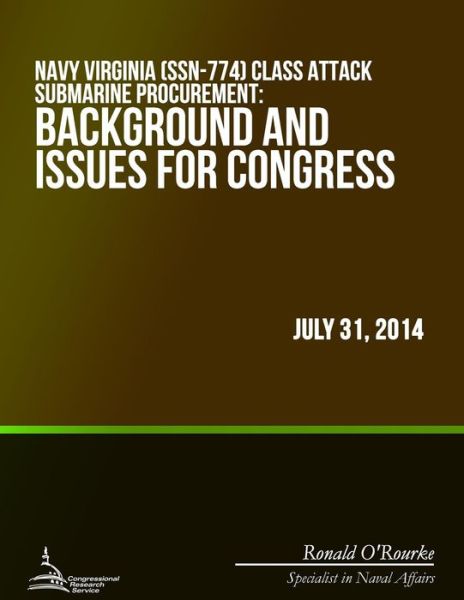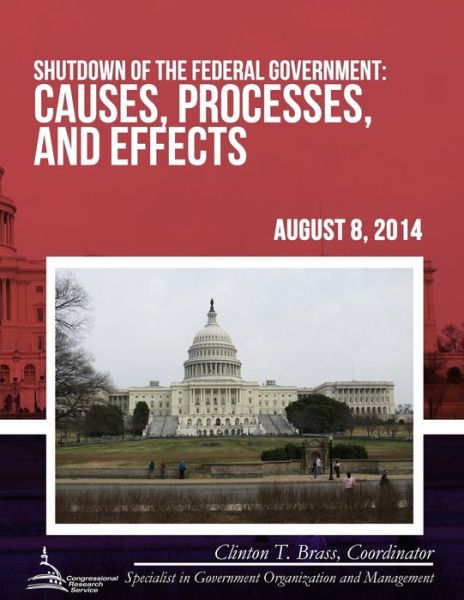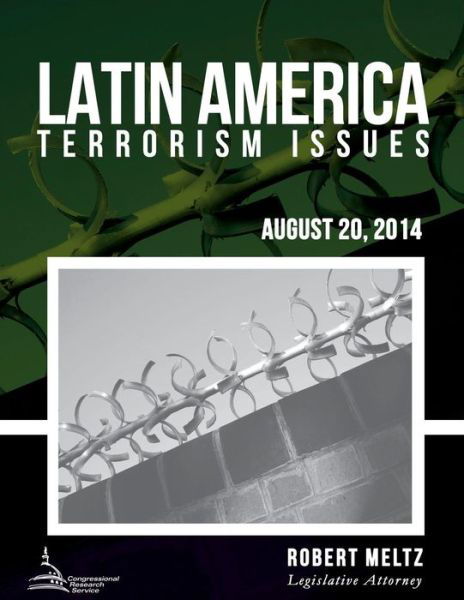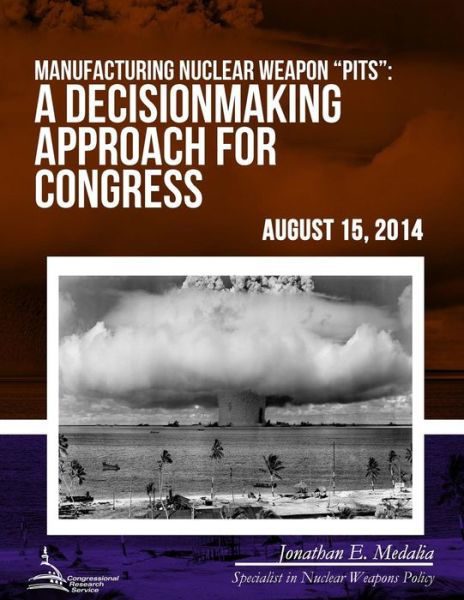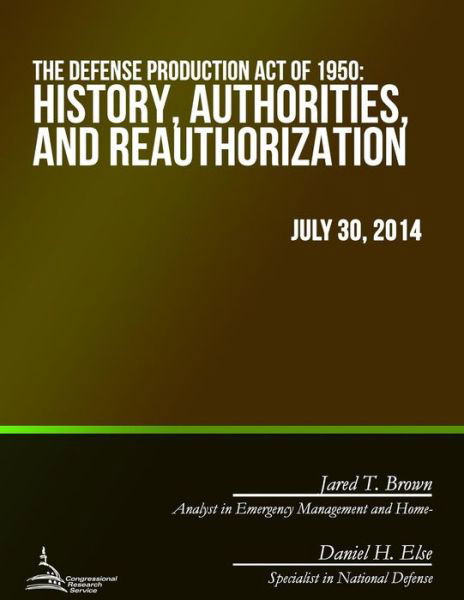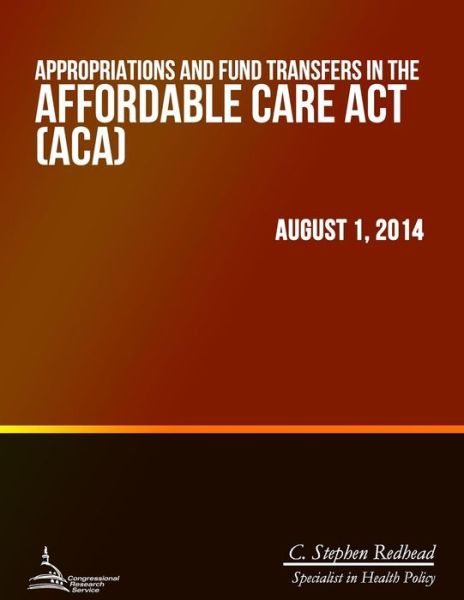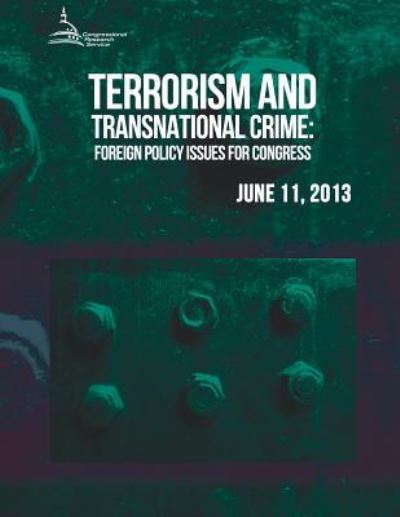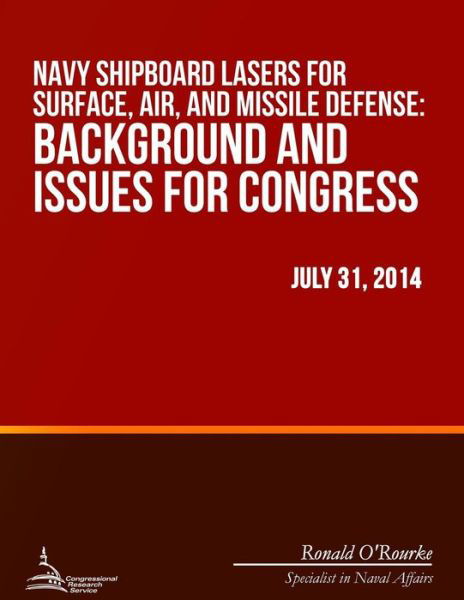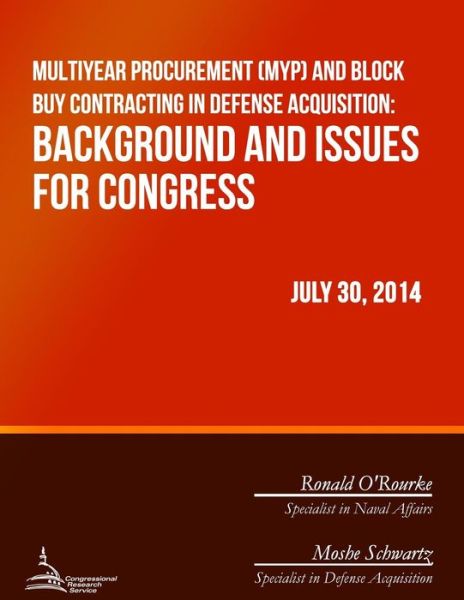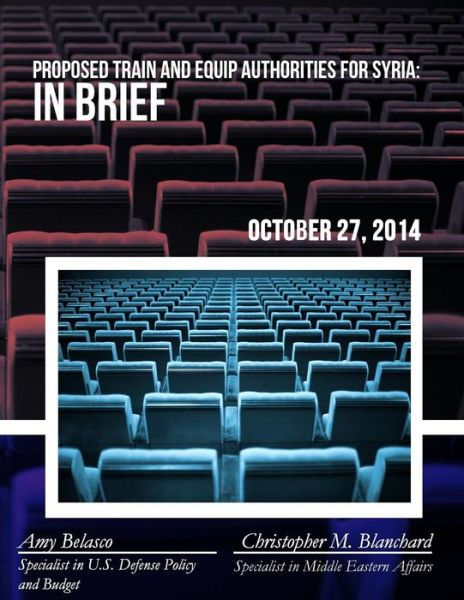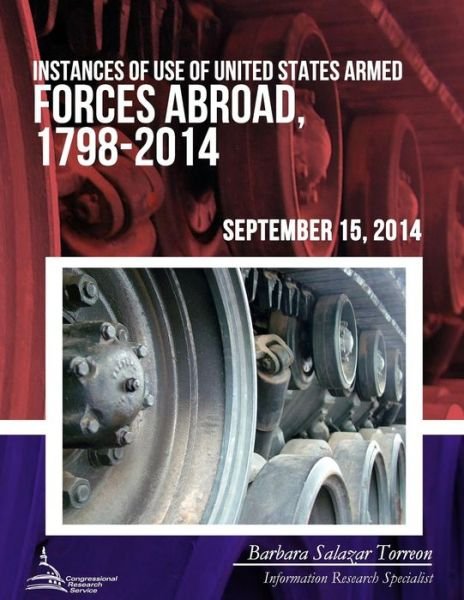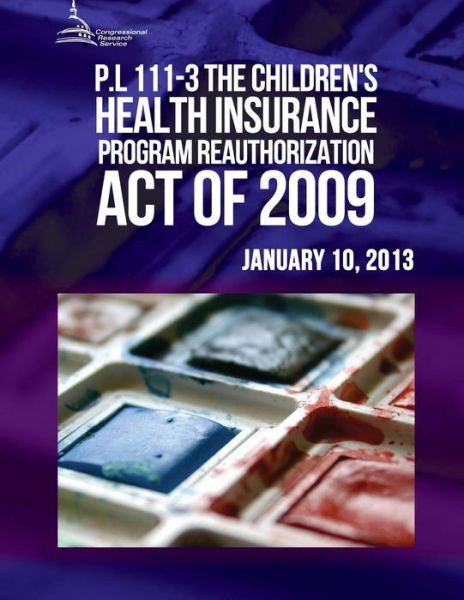
Powiedz znajomym o tym przedmiocie:
Green Building Overview and Issues
Congressional Research Service
Green Building Overview and Issues
Congressional Research Service
Buildings, whether residential, commercial, government, or special-use, are core components of the nation's infrastructure. Their construction, operation, and demolition are increasingly recognized as major sources of environmental impact. Without significant transformation of building construction and operations, that impact is expected to increase with population growth and changes in other demographic and economic factors. One strategy for achieving that transformation is most widely known by the term green building. In general, green building can be characterized as integrated building practices that significantly reduce the environmental footprint of a building in comparison to standard practices. Descriptions of green building generally focus on a number of common elements, especially siting, energy, water, materials, waste, and health. Serviceability or utility is also an explicit design element for a class of green buildings known as highperformance buildings. One of the most salient features of green building is integration of the various elements. Although individual elements can be addressed separately, the green building approach is more comprehensive, focusing on the environmental footprint of a building over its life cycle, from initial design and construction to operations during the building's useful life, through eventual demolition and its aftermath. The desire to integrate the various elements of green building has led to the development of rating and certification systems to assess how well a building project meets a specified set of green criteria. The best-known system is Leadership in Energy and Environmental Design (LEED). Developed by the U. S. Green Building Council, it focuses on site, water, energy, materials, and indoor environment. Recently, green building practices have found their way into model building codes and standards. These model codes and standards are then adapted and incorporated into enforceable municipal and state building codes. The federal government has no enforcement responsibilities of building codes, but does play a role in the development, adoption, and compliance of codes by state and local governments.
| Media | Książki Paperback Book (Książka z miękką okładką i klejonym grzbietem) |
| Wydane | 27 marca 2021 |
| ISBN13 | 9798729027972 |
| Wydawcy | Independently Published |
| Strony | 64 |
| Wymiary | 216 × 280 × 3 mm · 172 g |
| Język | English |
Więcej od Congressional Research Service
Zobacz wszystko od Congressional Research Service ( np. Paperback Book i Book )

 Świąteczne prezenty można zwracać do 31 stycznia
Świąteczne prezenty można zwracać do 31 stycznia


